Little Honey Fountain Grass – How To Grow Pennisetum Little Honey
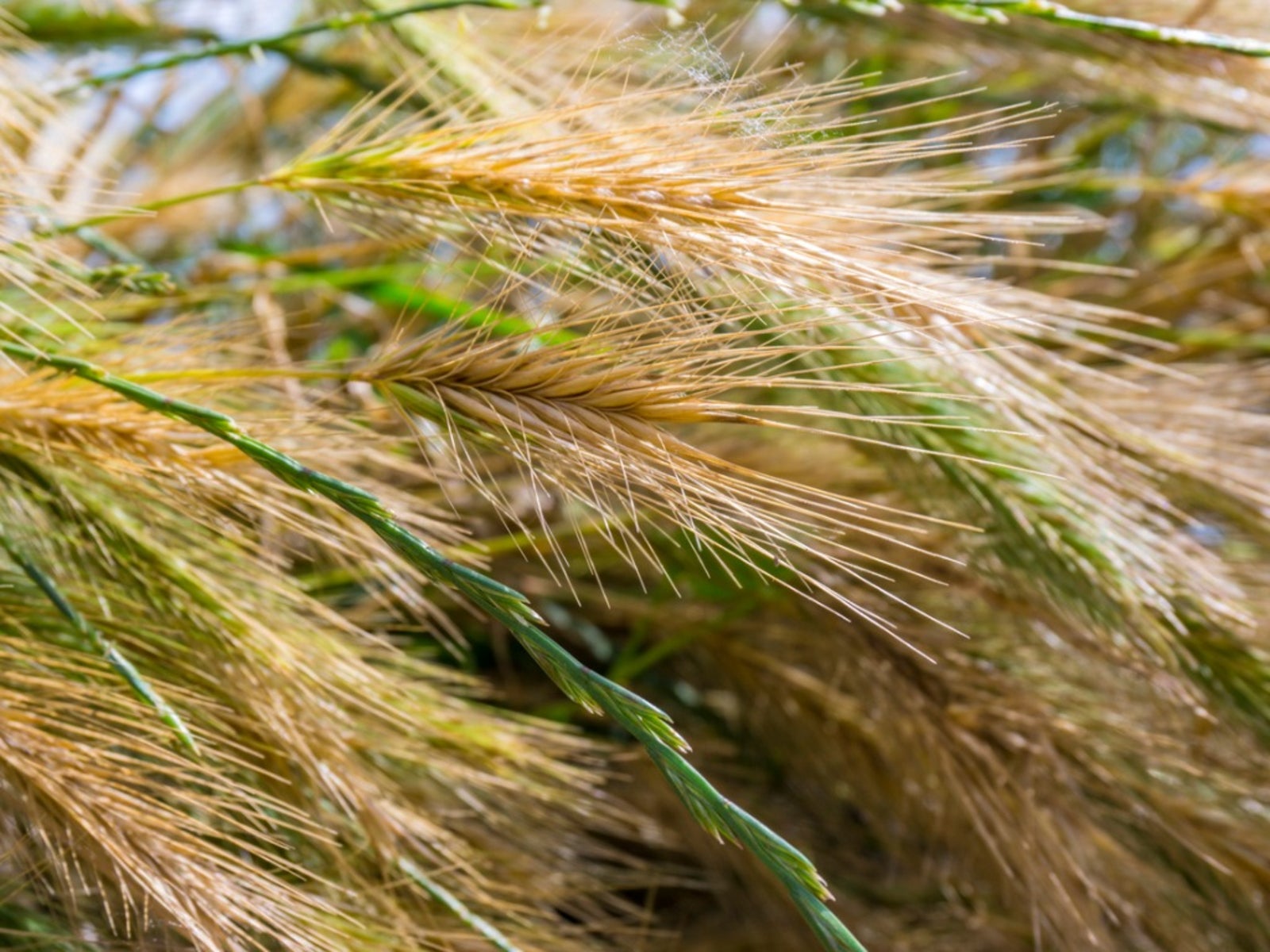

If you want a showy, ornamental grass try growing little honey fountain grass. Fountain grasses are clumping, perennial plants native in tropical to temperate regions of the world. The plants are known for elegant arching foliage and bottle brush plumes. Little honey ornamental grass is tolerant of full to partial sun and makes an excellent bedding or container plant.
Ornamental grasses offer ease of care and versatility to the landscape. Pennisetum, or fountain grasses, come in many species and are a hardy variety, suited to USDA zone 5. The fountain grass ‘Little Honey’ is a warm season grass and not as hardy, only suited to USDA zone 6.
About Pennisetum Little Honey
Little honey ornamental grass is a dwarf fountain grass that only gets 12 inches (30 cm.) tall and about a foot (30 m.) wide. It is a warm season plant which dies back in winter, although the inflorescences will still persist. The narrow, variegated green leaves arch out from the center of the plant, this characteristic gives it the name fountain grass. Little honey fountain grass foliage turns golden yellow in fall and finally brown as cold temperatures near. The flower or inflorescence is a pinkish white, spiky spray. Towards the end of the growing season the spike will turn brown as seeds ripen. This variety of fountain grass self-sows very easily.
Growing Fountain Grass Little Honey
Pennisetum little honey is a sport of the cultivar ‘Little Bunny.’ It is notable for its small size and white and green foliage. Fountain grasses prefer well-draining soil but aren't particularly picky about the texture. They are tolerant of either wet or dry sites and can be used in a rain garden. Mulch around the plant after installing and water in well. Keep newly planted grasses moist and free of weeds. While not necessary, a spring feeding of a high nitrogen fertilizer can improve plant health in low nutrient soils.
Little Honey Care
Outside of watering the plant and keeping weeds away, there is little to do. The fountain grass has few pest problems and no serious diseases. It is even verticillium wilt resistant. Birds like to eat the flower seeds and the plant can provide important cover for other wildlife. Cut back the brown foliage in late winter to early spring to allow new foliage access to light and air as well as for improved appearance. Use little honey in containers, mass plantings, or as stand-alone specimens.
Gardening tips, videos, info and more delivered right to your inbox!
Sign up for the Gardening Know How newsletter today and receive a free copy of our e-book "How to Grow Delicious Tomatoes".

Bonnie Grant is a professional landscaper with a Certification in Urban Gardening. She has been gardening and writing for 15 years. A former professional chef, she has a passion for edible landscaping.
-
 Creative Ideas For Plant Containers: 7 Ways To Save Money And Add Charm To A Garden
Creative Ideas For Plant Containers: 7 Ways To Save Money And Add Charm To A GardenIf you are looking for great ways to add personality to your container gardening – and even save yourself some money – then try these creative ideas for plant containers
By Mary Ellen Ellis
-
 How To Make A Bouquet Garni Or Herb Bundle For Cooking
How To Make A Bouquet Garni Or Herb Bundle For CookingIf you’re a great cook, you may have made an herb bundle before. If this is a new idea, learn how to add sparkle and interest to your dish with a bouquet garni.
By Amy Grant
-
 Fountain Grass Varieties – Learn About Popular Fountain Grass Plants
Fountain Grass Varieties – Learn About Popular Fountain Grass PlantsThere are many fountain grass cultivars. Hardiness and growing conditions can vary depending on variety. Click to learn more.
By Amy Grant
-
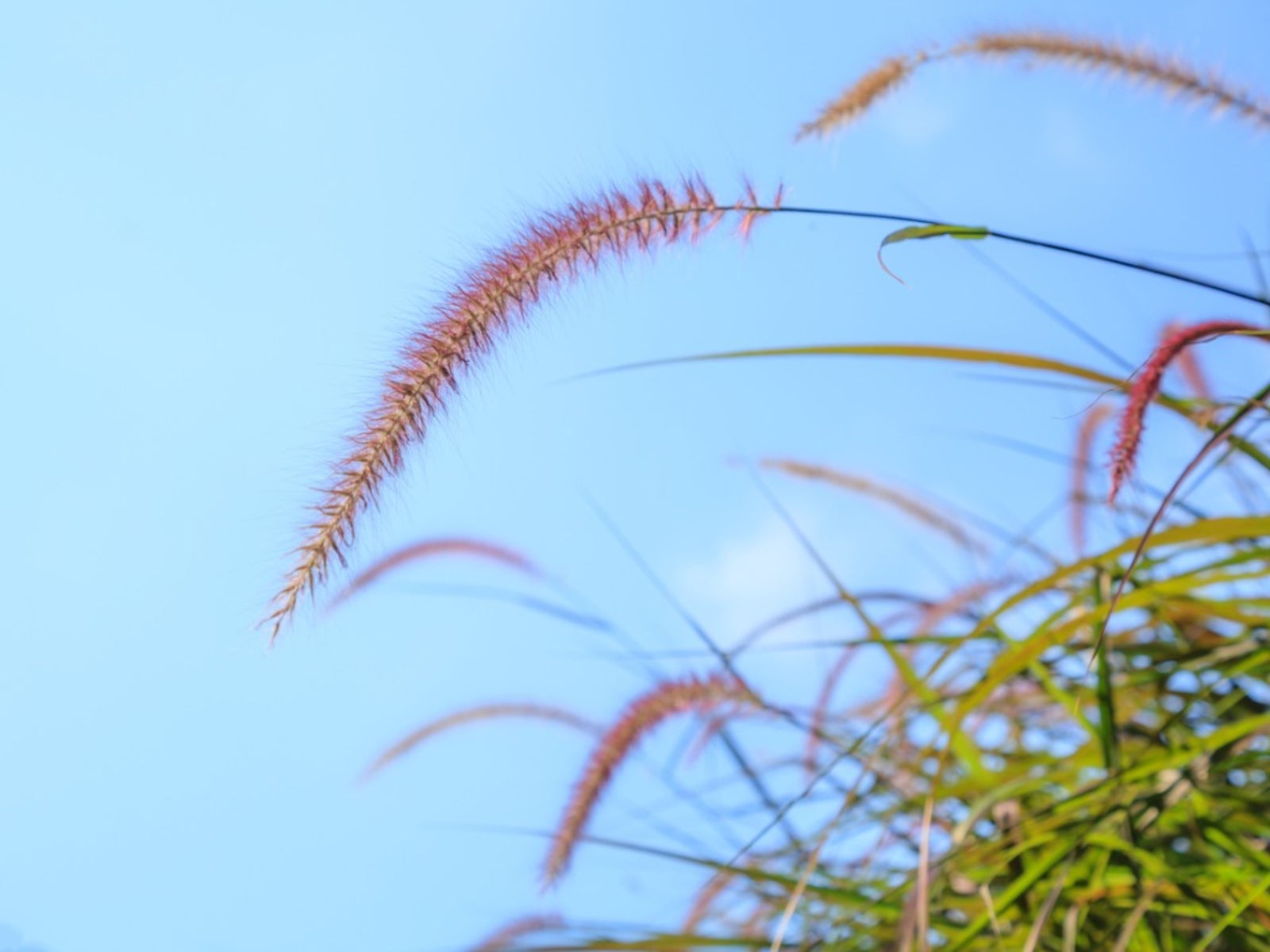 Red Fountain Grass Care – What Is Crimson Fountain Grass
Red Fountain Grass Care – What Is Crimson Fountain GrassRed fountain ornamental grass is a showy, clump forming grass with burgundy red leaves and feathery plumes of rosy purple blooms, also known as crimson fountain grass.
By Mary H. Dyer
-
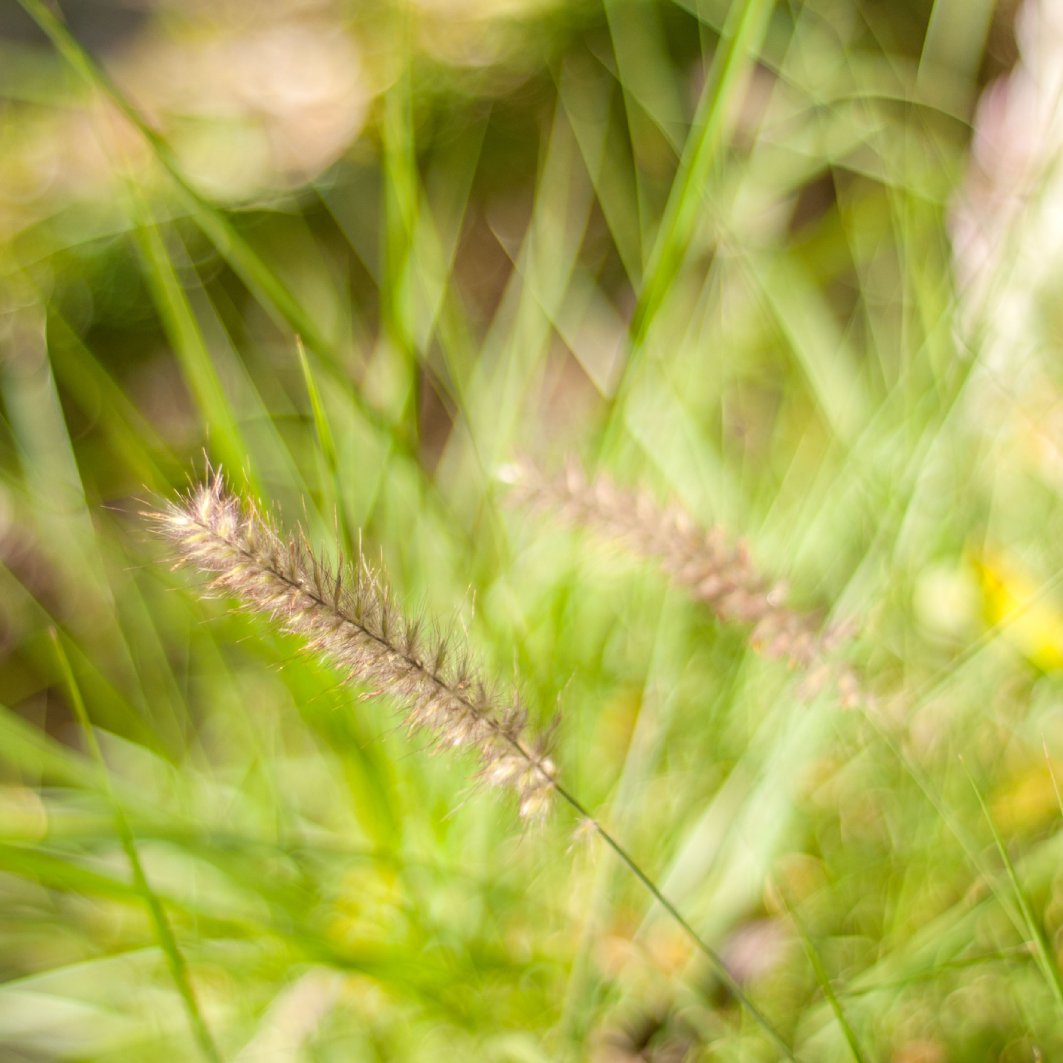 Little Bunny Fountain Grass Care: Growing Little Bunny Fountain Grass
Little Bunny Fountain Grass Care: Growing Little Bunny Fountain GrassBy Laura Miller
-
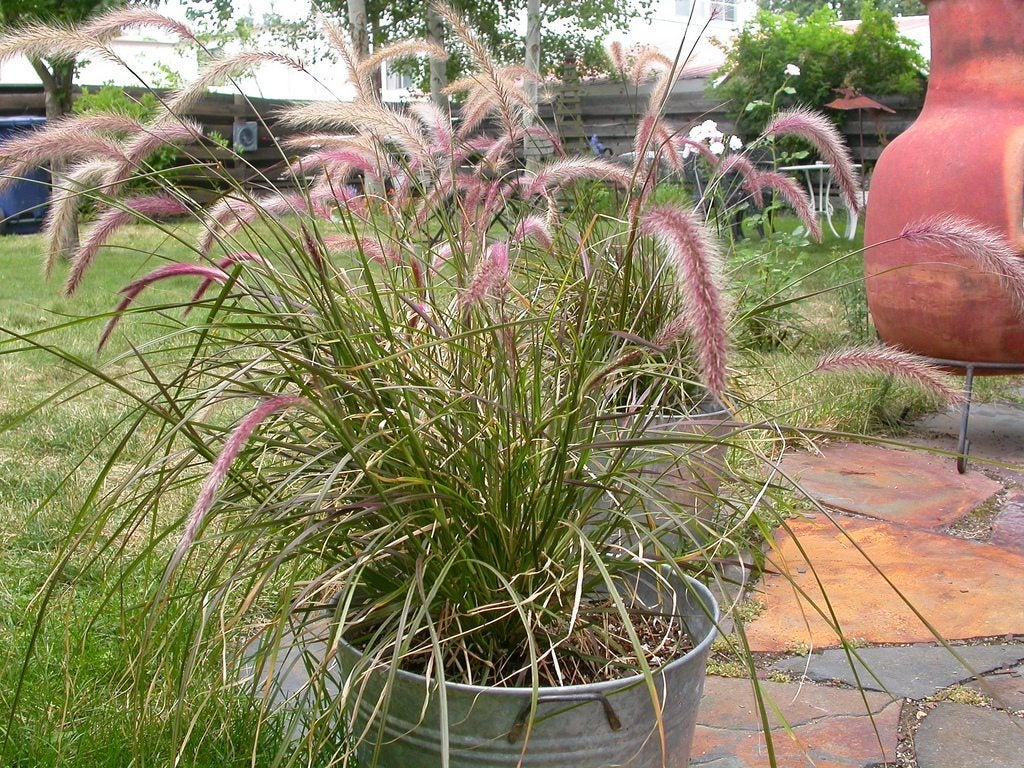 Fountain Grass Trimming – How To Treat Brown Tips On Fountain Grass
Fountain Grass Trimming – How To Treat Brown Tips On Fountain GrassFountain grass plants are easy to grow and generally unfussy, but occasional brown tips on fountain grass can be a clue to incorrect site conditions, cultural care or simply a natural process. There are several browning fountain grass causes, so click here for more info.
By Bonnie L. Grant
-
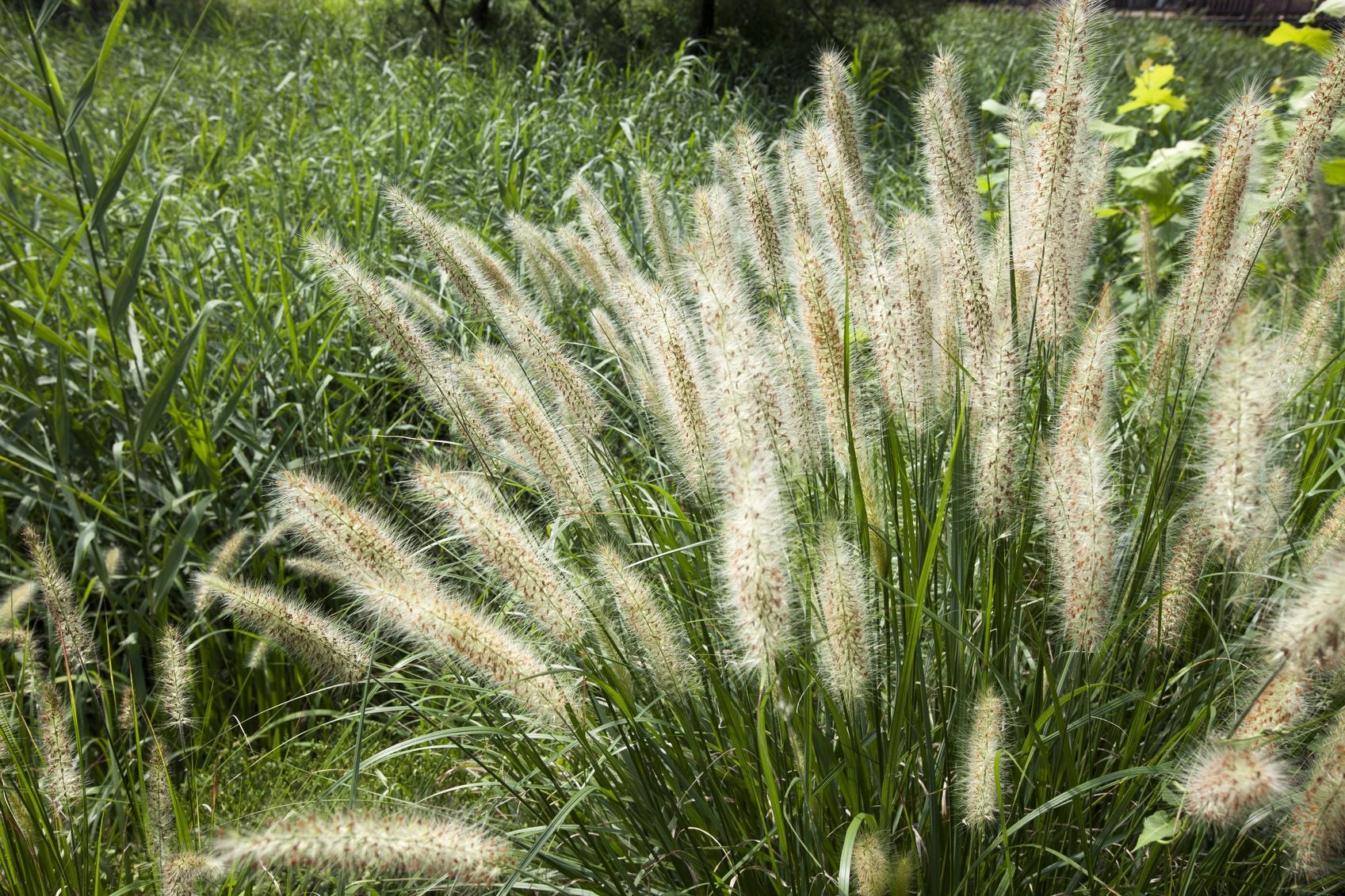 Fertilizing Fountain Grass – When And What To Feed Ornamental Grasses
Fertilizing Fountain Grass – When And What To Feed Ornamental GrassesFountain grass feeding is a rare chore because ornamental grasses like these thrive in low fertility areas. However, let the appearance of the plant be your cue and fertilize only when color and leaf health are indicative of nutritional scarcity. Learn more here.
By Bonnie L. Grant
-
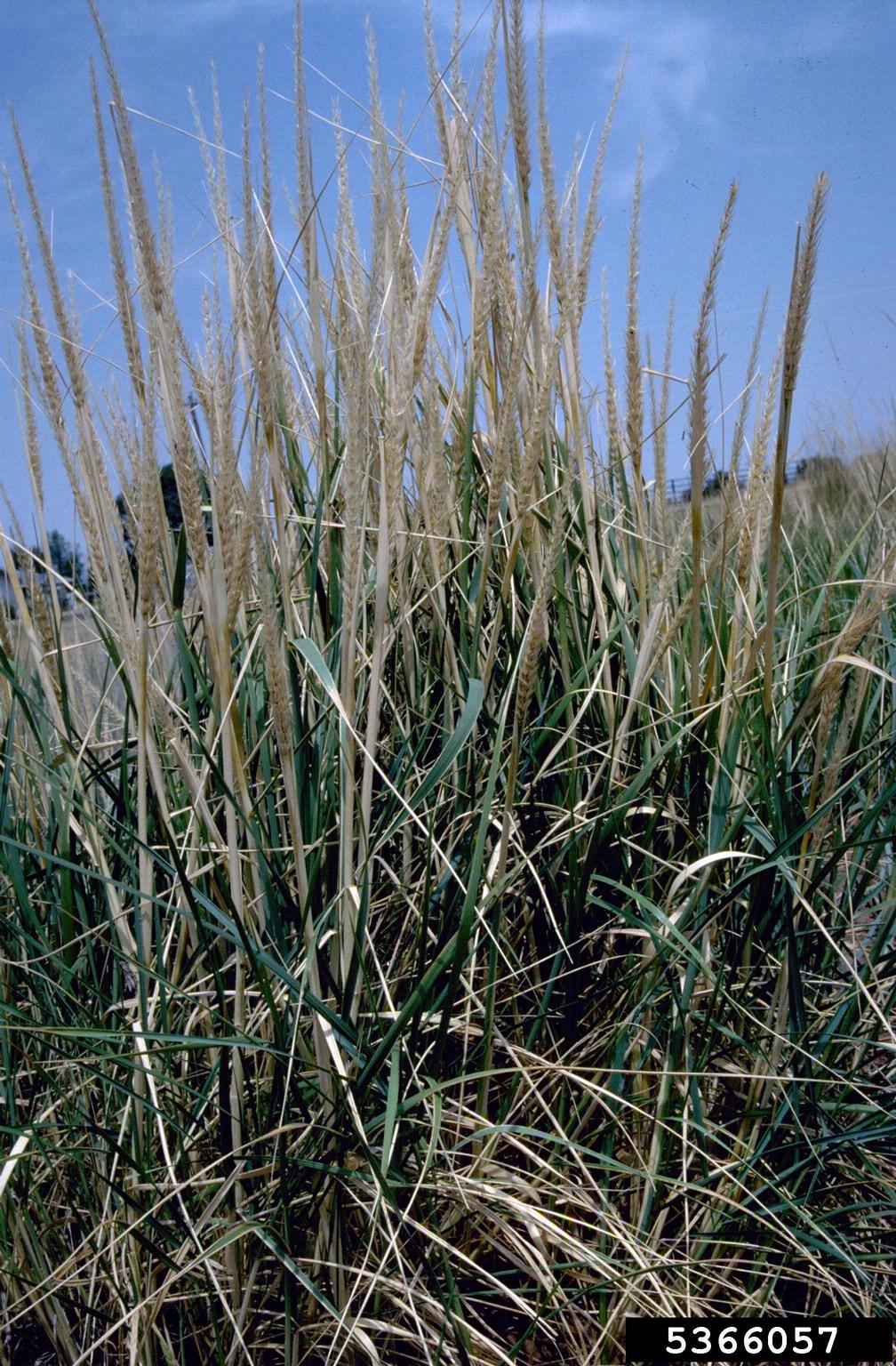 Fountain Grass Turning White: My Fountain Grass Is Bleaching Out
Fountain Grass Turning White: My Fountain Grass Is Bleaching OutNear the end of the season, you may find your fountain grass turning white, bleached, and unappealing. What is happening? Is there some sort of terrible fountain grass problem? Find the answers in this article. Click here for more info.
By Bonnie L. Grant
-
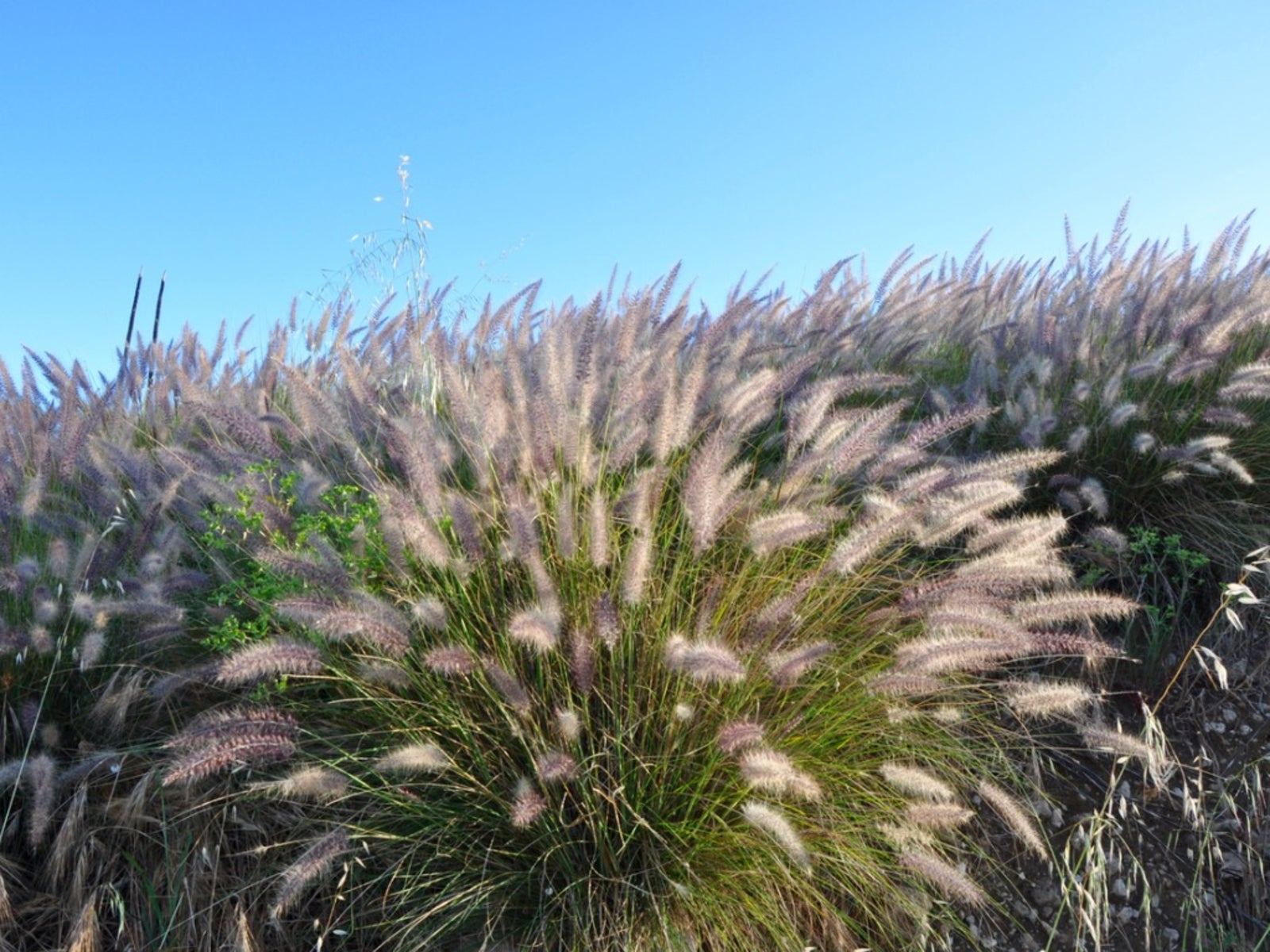 Tips For Fountain Grass Pruning: Cutting Back Fountain Grass
Tips For Fountain Grass Pruning: Cutting Back Fountain GrassFountain grasses are a reliable and pretty addition to the home landscape, adding drama and height. But when do you prune fountain grass? In the fall, winter or in the spring? And how? This article will help.
By Heather Rhoades
-
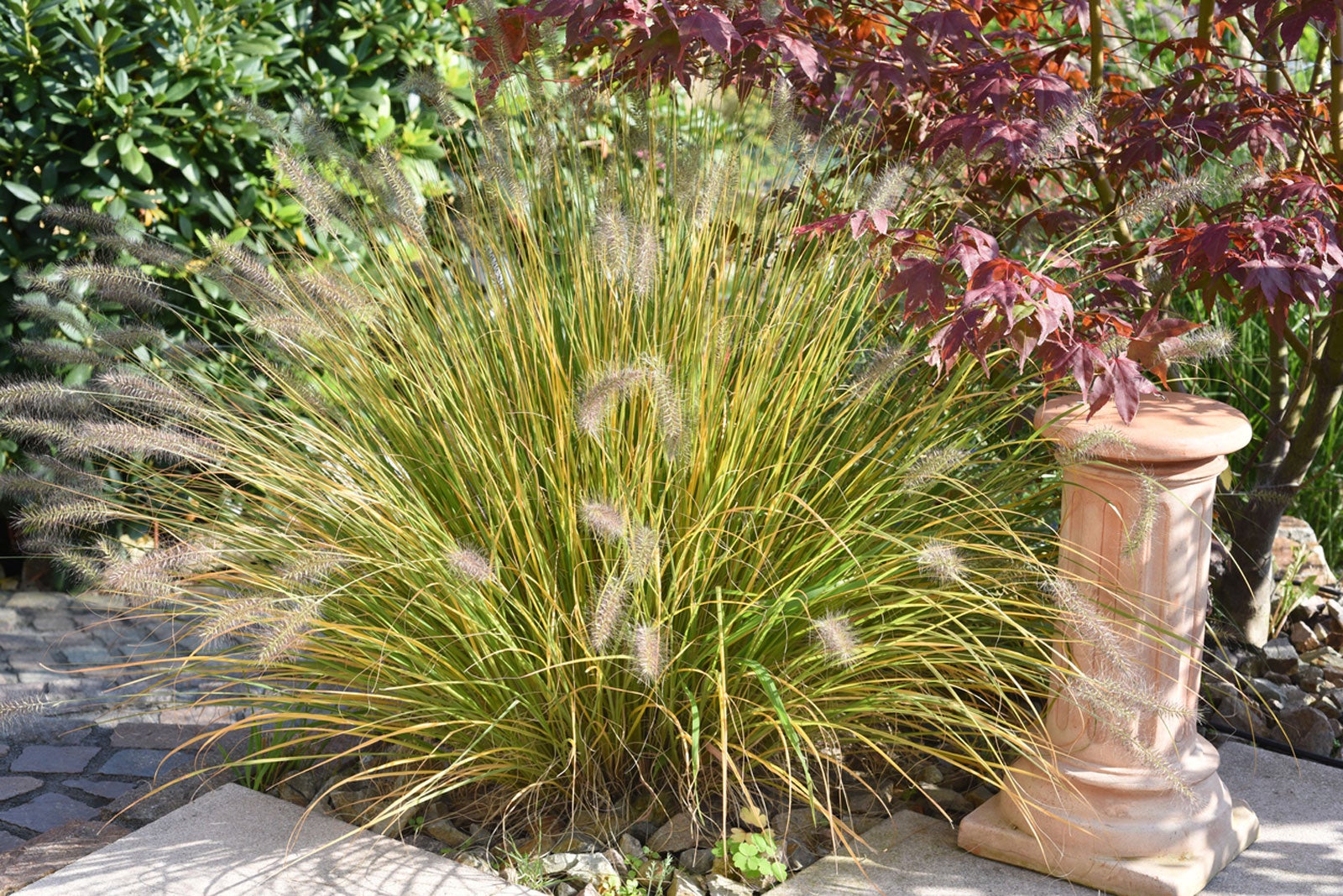 Tips For Care Of Fountain Grass
Tips For Care Of Fountain GrassFountain grass is a mound-forming ornamental grass and a garden favorite, as the care of fountain grass is easy. You can learn more about growing fountain grass in the article that follows.
By Nikki Tilley